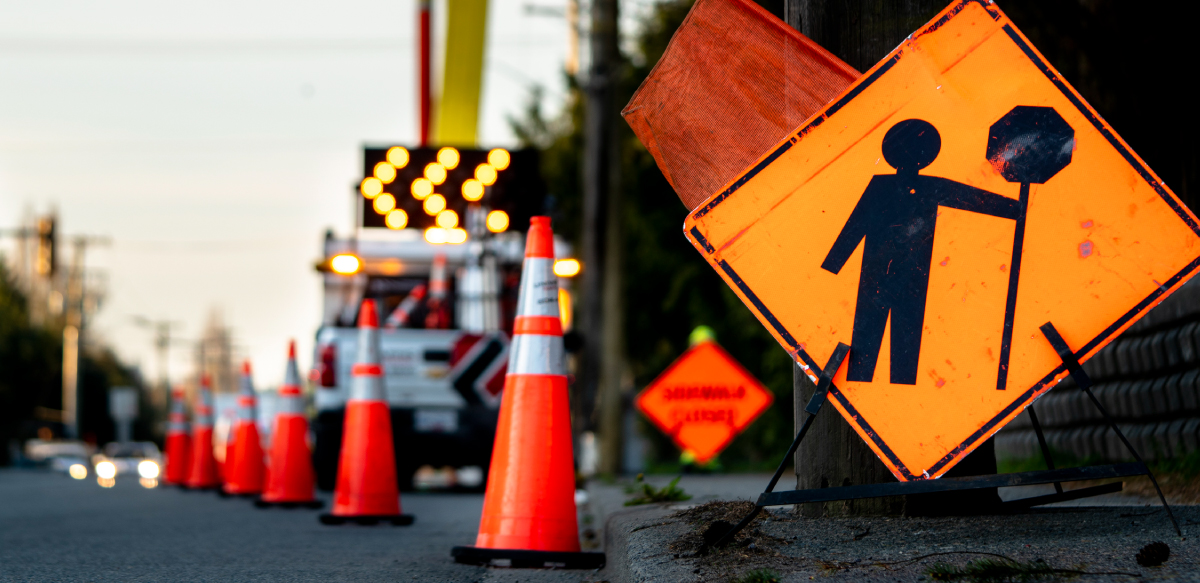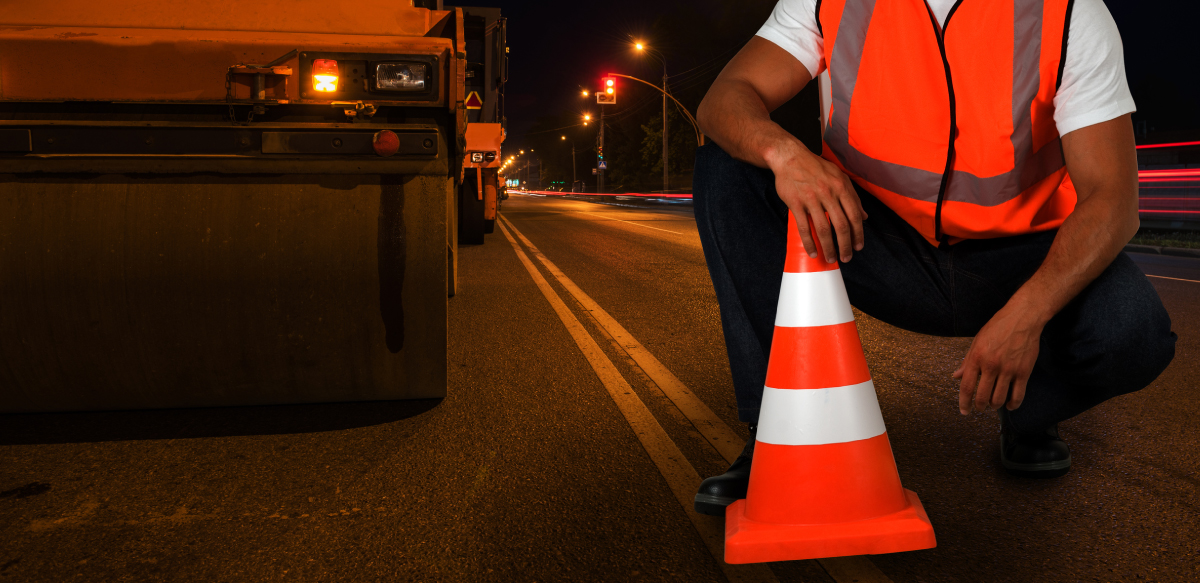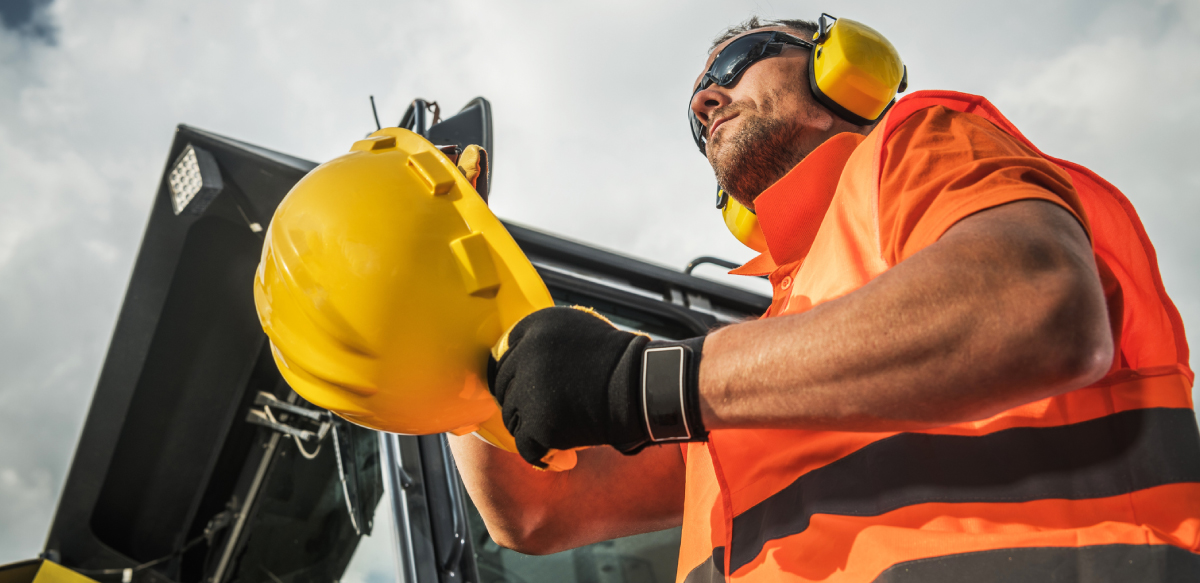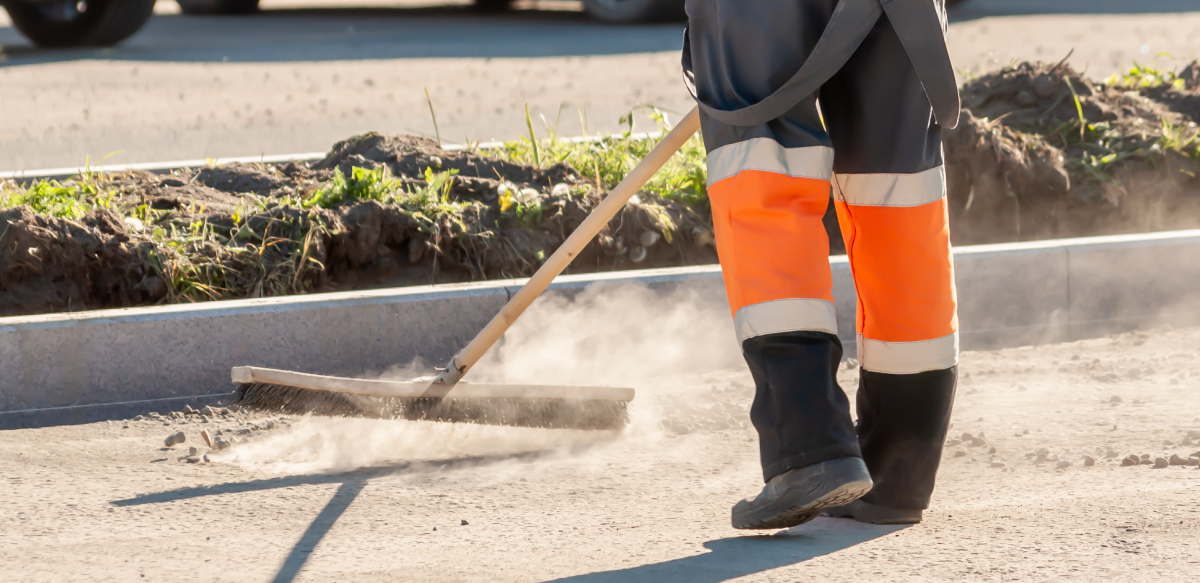Roadworks and temporary construction zones can cause many accidents, especially at night, with the lack of natural light and efficient alerting signs. A safe road construction site ensures the safety of workers involved as well as the public that’s using the road.
Road construction safety is an increasing concern, and there are increasing demands to pass laws that standardise road construction safety signs. Premel is a leading mobile traffic signal systems provider, excelling at hydropower, emergency power, power engineering, and road construction site safety.
Premel operates across Europe and beyond to provide innovative road signage design and temporary traffic lights. They are verified with ISO 9001 standards and have the best quality policy besides proper planning.
So, if you’re an employer presenting a temporary construction project, then this road construction site safety checklist with top 10 tips will be your guide.
1. Safety Comes First
Promote safety in all your practices and make it a norm among all employees, from the top management to the primary entry-level worker. Ensure you communicate what safety means to you, and educate everyone about being safe at work.
Craft a handbook about safety and circulate it across all your departments so everyone can hear, learn and read about safety procedures.
Moreover, conduct safety performance checks to ensure that your processes and procedures are based on employees' and people's safety.

2. Training
To maintain a safe workplace, include safety procedures in employee handbooks and make them available for all employees at their disposal, including the long-rooted and the newly hired employees.
Additionally, establish ongoing education and training sessions, making them easily available to encourage everyone to participate.
Ensure proper training for the workers on traffic signs applications and program management and temporarily empower them to work independently on these systems.
3. Recruit Experienced Workers
Construction zones and roadworks are dangerous areas to have your workers at. Therefore, only recruit those who are ready to be in those sights. Training employees on the spot might not be a good idea, especially in a road construction zone at night.
Don’t overlook the screening process, and take your time in the hiring process not to regret any decisions made on not choosing the right worker.
Hire experienced workers ready to deal with emergency power systems, temporary traffic lights, and road construction safety equipment.
Conduct extra checks about a worker, and verify all the information they provide. These assessments can help you protect the newly hired worker and others in the team.

4. Recruit Enough Workers
An understaffed team is prone to accidents. Roadwork accidents happen due to insufficient planning or inadequate motorway road signs.
Having an understaffed team can result in fatigue and stress since each person must perform more than one person's work at a time. Eventually, accidents happen due to tiredness, especially during busy seasons or while working under the sun.
5. Ensure Personal Protective Equipment Is On-Site
Every worker shall have their own Personal Protective Equipment (PPE), including: head protection, eye protection, hearing protection, foot protection, hand protection, and high-visibility vest.
Some of these tools extend to having a harness lanyard for working on high projects and protective pants while working in challenging ground conditions. PPE shall be specific to each worker and not shared. Moreover, the condition of these tools should be checked regularly, and the ones that are worn out or damaged should be replaced.

6. Regularly Maintain Equipment
Accidents also happen due to the poor condition of the site assets. Conduct periodic checks for machines, fixtures, vehicles, equipment, levers, and ropes at the working site. Otherwise, their failure can lead to massive accidents.
Besides that, the employer must warn the workers about faulty machinery and instruct them not to use it until it gets repaired.
7. Start Regular Safety Checks
Besides checking the machines and assets, assess the procedure and working process and ensure they’re based on safety, as number one says in this checklist.
Establish a period of checks, involve everyone to make the most out of it, and communicate results and findings openly across the organisation.
8. Establish Safe Working Conditions
Provide a safe working condition that ensures the safety of your workers and the public using the road or near the site. That means no debris falls inside or outside the constriction area, and all safety and health measures are met.
Avoid incidents that may lead to accidents, like a spill of lubricants or oils, and remove any debris from the ground to ensure safe ground for your workers.
Additionally, protect your employees from injuries or diseases in the workplace, and offer a plan of benefits and compensation for everyone.

9. Be Aware of Weak Points
Research the working site from any vulnerability and safeguard it against potential accidents. Additionally, investigate any near misses that didn’t lead to accidents. However, repeating those minor incidents can lead to aggregated accidents in the future.
Therefore, inspect and assess weaknesses and work on improving them to prevent them from happening in the future, or at least minimised.
10. Involve Your Workers
Your workers are the best to know about the working conditions and what’s required. Encourage the workers to participate in educational sessions, establish a two-way communication channel, and keep them informed about updates and vice-versa.
Most of your workers can be afraid to speak up. Therefore, set HR programs that ensure job security and encourage them to speak out without fear of judgement.
Conclusion
At Premel, we use our long experience in management services engineering industries providing innovative industrial automation to empower every construction worker to focus on their work without worrying about their safety.
Road construction site safety is the number one priority, and before you establish a temporary construction zone, set your checklist and tick them off one by one.
At Premel, we follow a similar checklist and ensure everything is strongly considered to provide safe working conditions. Learn more about Traffic Light Systems and Road Signage Services from Premel.
